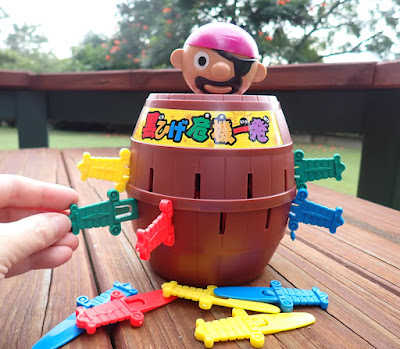Back in April 2022, I started building this marble run - and somehow I’m "STILL" working on it. Honestly, it amazes me (and sometimes frustrates me) how much time it's taken. Of course, I don't work on it every day. I only get to build when the workshop is free, so there are often months - long gaps in between.
Recently, I finally made a bit of progress, so here's a long-overdue update. Some of the parts I built earlier didn’t work the way I hoped, so I decided to remake them.
1. The Switch
First, I rebuilt the “Switch,” the
piece that splits balls into two directions (one to the left, two to the
right). The problem was, if too many balls dropped at once, it didn't
always work properly. So I redesigned it, and this time I also cut a
little window on the right side so you can see the balls inside when
they fall through.
2. The Bottom Rail
Next, I fixed the bottom rail. This is where balls wait in line before being lifted up again.
Originally, I made it in a zig-zag shape. Since it looked a bit like the letters “CNN,” I jokingly called it the “CNN rail.” But there was an issue: when balls piled up, the ones at the back would push the others off the curve, and sometimes they fell out. To solve this, I changed the design from a CNN shape to a paperclip shape.
Here's the tricky part - I'm not great with loops, and I wasn't sure how to cut this shape on the CNC router.
So I asked my woodworking mentor (aka my husband) for help, and together we made the new rail. Since switching to this design, no more balls falling out!
The third part I fixed was the “Pachinko Disk,” named because it looks like a Japanese pachinko machine.
The idea is that when a ball drops in, it hits screws or walls inside and makes the disk spin. But the disk was too heavy compared to the balls, so it didn't rotate very well. The placement of the pins and walls also affects the motion a lot.
This time, I designed a lighter version and printed it with my 3D printer (PLA plastic). To my surprise, it spun beautifully once I installed it in the marble run. Probably thanks to the lighter material.
I also swapped out the heavy screws for bamboo skewers (yes, the kind you use for BBQ) and wood. That made it even lighter, and now it spins much better than before.
This is the finished Pachinko Disk.
That's all for this update! Next time, I’ll write about some of the brand-new parts I've been working on. Thanks so much for reading!






























